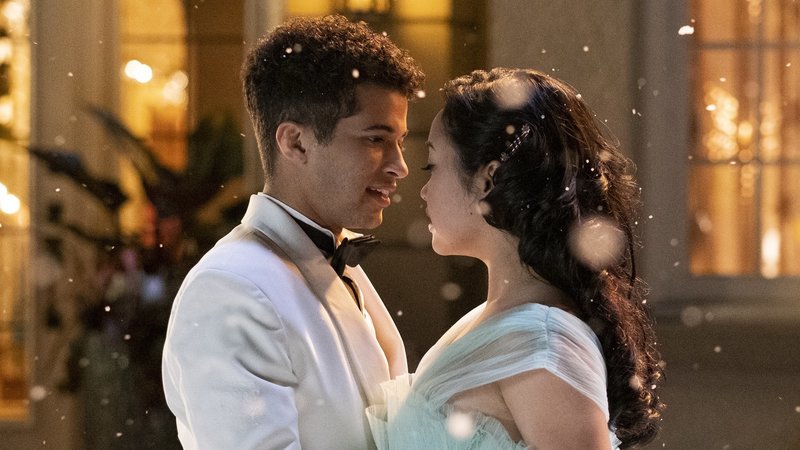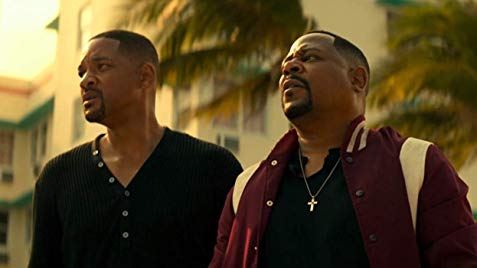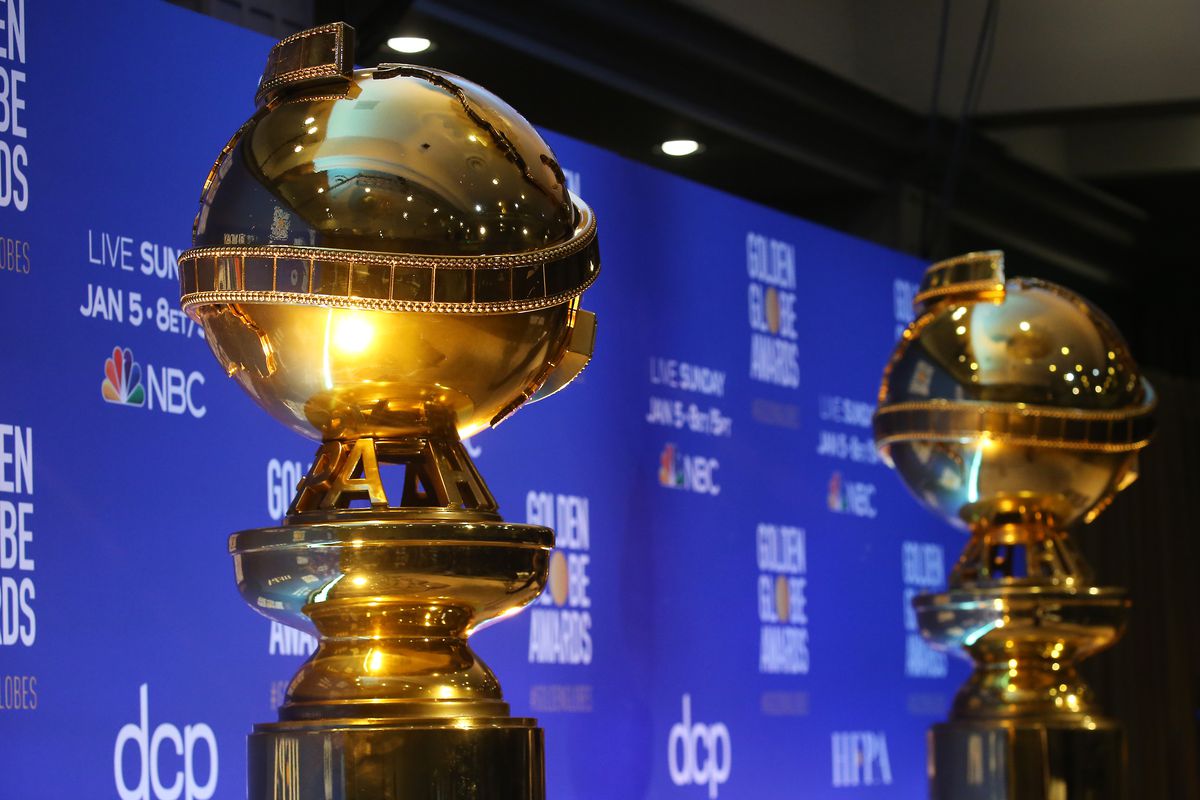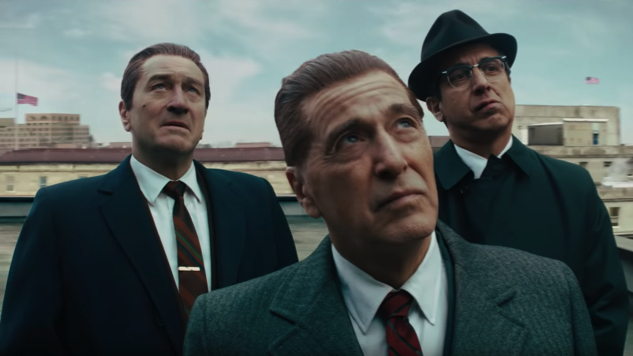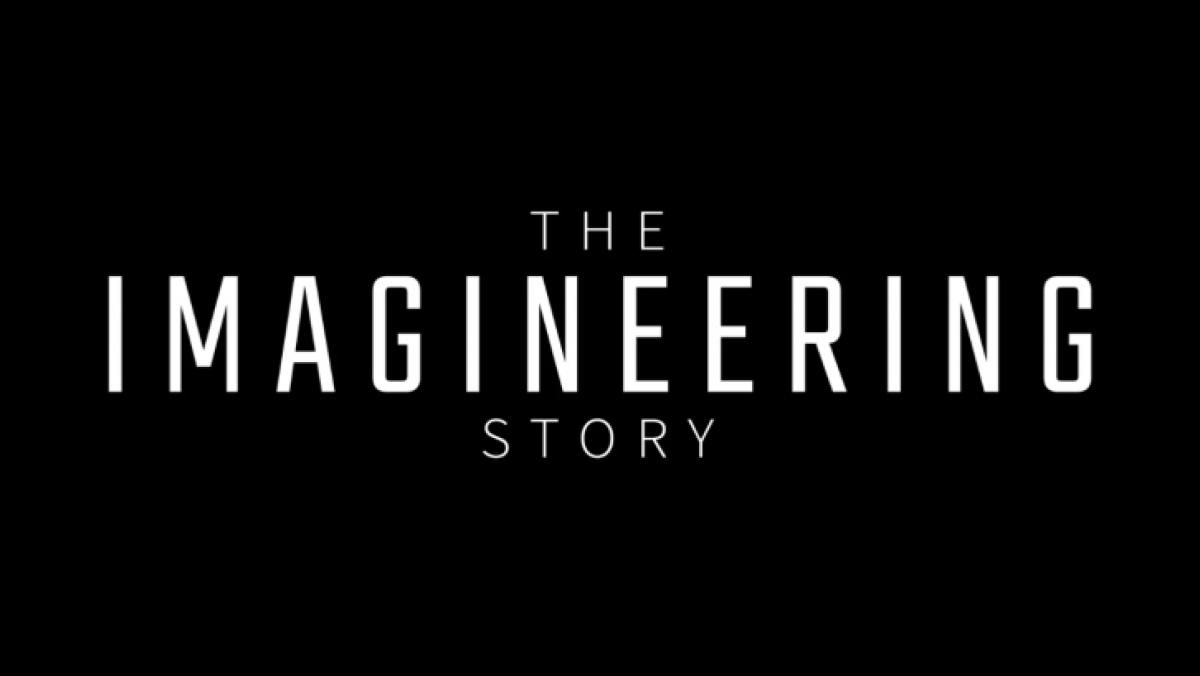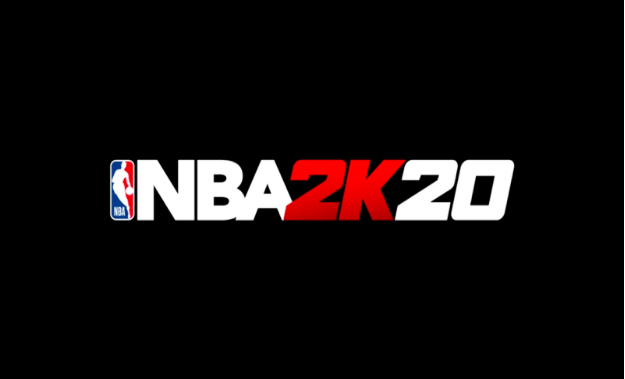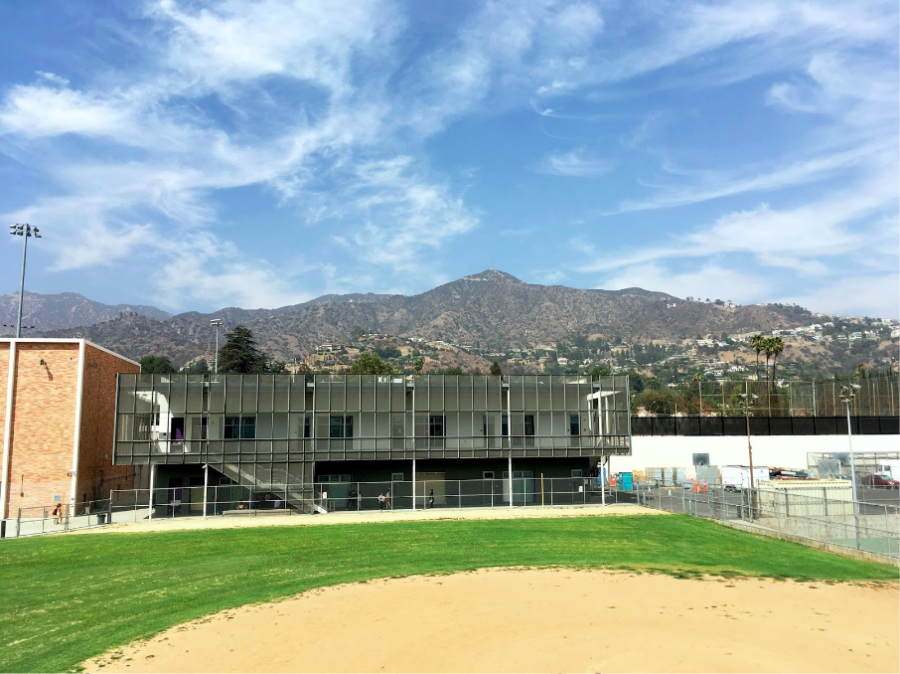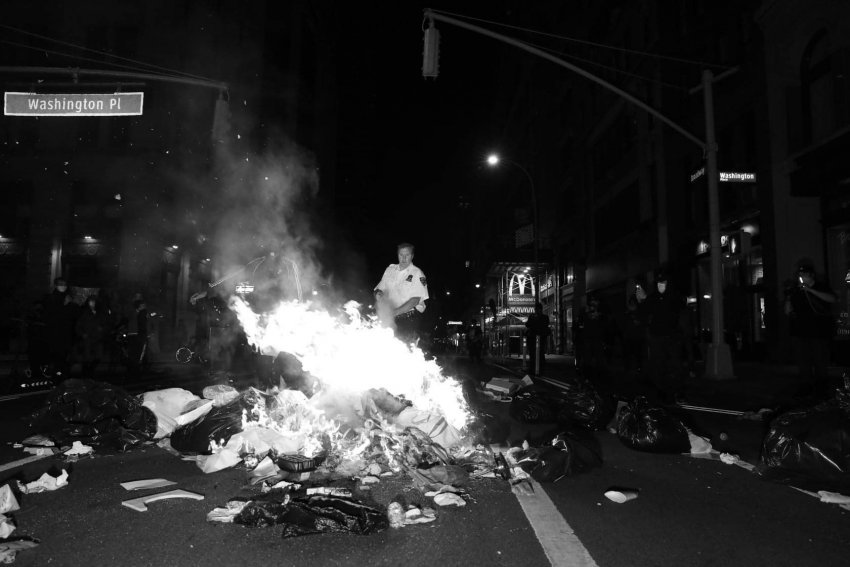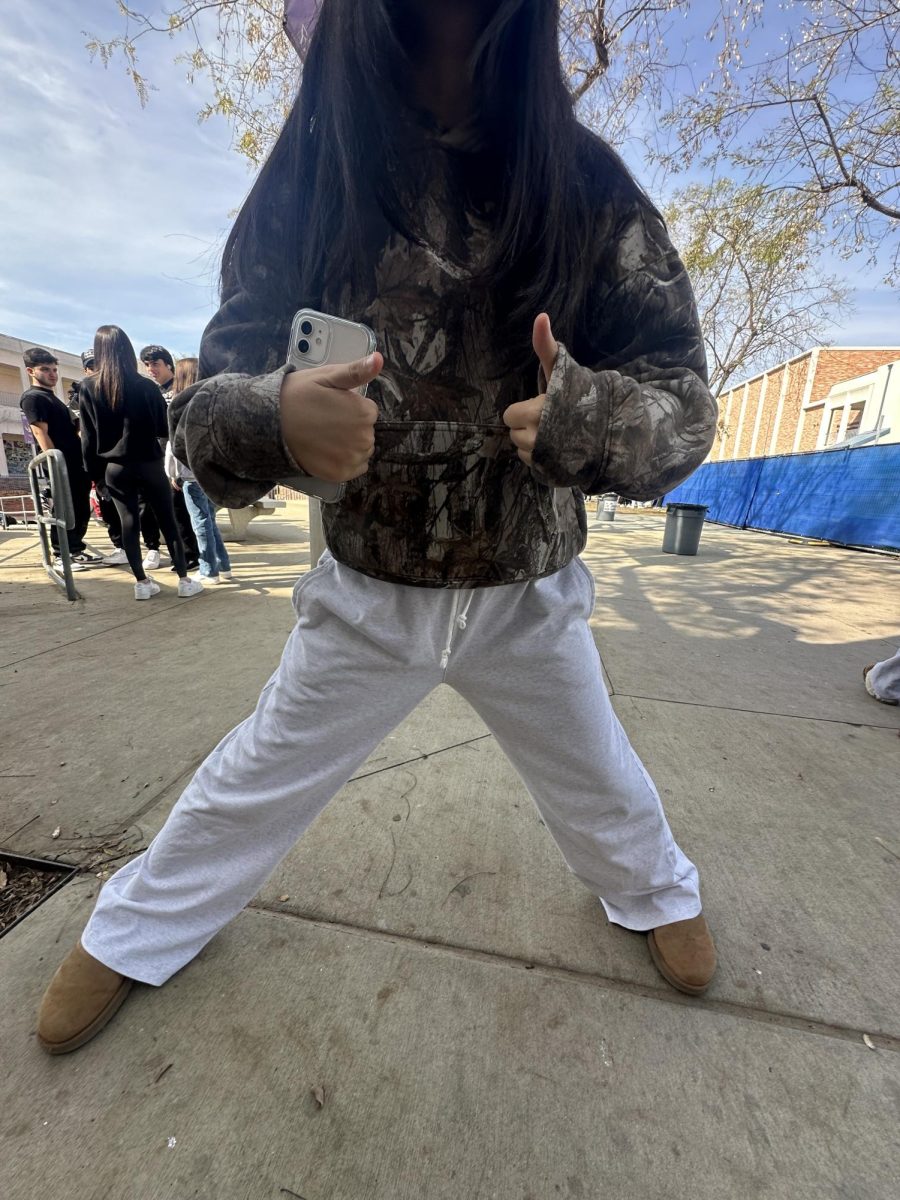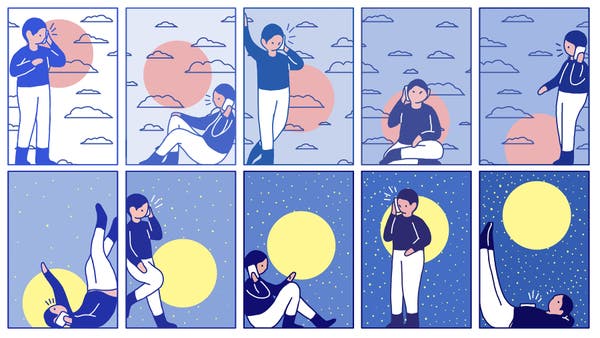When watching movies you hardly think of the technicalities of the filmmaking process: the lighting, the sound effects, the score, the lack of score, the cinematography, but Sam Mendes’ “1917” is a masterclass. What makes the film engrossing: actors, plotline and action sequences.
After winning Best Director and Best Motion Picture- Drama at the 77th Golden Globe Awards and besting the “The Rise of Skywalker’s” #1 spot in its nationwide release weekend with $37 million, “1917” has already won over critics and like-minded audiences.
Director of “Skyfall,” “American Beauty,” and “Spectre,” Mendes goes farther than the seamless tracking shot in its opening scene at the Day of the Dead festival.
Mendes levels up with his new film.
“1917” is practically two scenes joined together.
Cinematographer Roger Deakins and Mendes create the illusion of the entire film being shot in one continuous take. Deakins’ filmography spans multiple genres from “Blade Runner 2049,” to “The Shawshank Redemption” and has received 15 nominations from the Academy, “1917” among them.
The immersiveness and intense focus from start to finish is one rarely seen in war films. The technical feat from how the shot was framed to what parts were VFX and which ones were set designed by Oscar-nominated Dennis Gassner.
The film based on the stories told by Mendes’ Trinidadian grandfather, Alfred Mendes, follows the journey of two soldiers, Lance Corporals
William Schofield and Tom Blake, delivering a message to an officer on a battlefield, played by George MacKay and Dean Charles Chapman.
MacKay surpasses expectations, conveying emotions typically seen in roles by elite actors.
In cameos, Benedict Cumberbatch and Richard Madden deliver somewhat weak performances compared to work they have done in the past.
Not quite a masterpiece, “1917” is still one of 2019’s best films.
Sebastian Guzman


